PIKE are rarely far from their next meal, either waiting in ambush or holding prey into a feature to attack at will. Understanding the behaviour of river pike will greatly improve catch rate.
Pike are rarely found fighting the full current, it’s too much like hard work and burns up too much energy for this somewhat lazy fish.
However, they often use the current to their advantage to effortlessly swim downstream to the next ambush point.
They much prefer to sit in slack water alongside the main flow to pick off passing prey which are caught in the turbulence.
Drops-offs provide good river habitat, where the pike can lay at the bottom of the ledge to avoid the strong current but still be in the main river.
River pike in particular, will not waste valuable energy chasing a small meal. The nourishment gained would be less than the energy exerted in catching it.
This is why they are renowned for taking large baits in obvious preference to smaller ones in fast flowing rivers such as the Idle or Trent.
I prefer to use whole mackerel, sardines and lamprey of at least a foot long and make up special traces for these larger baits.
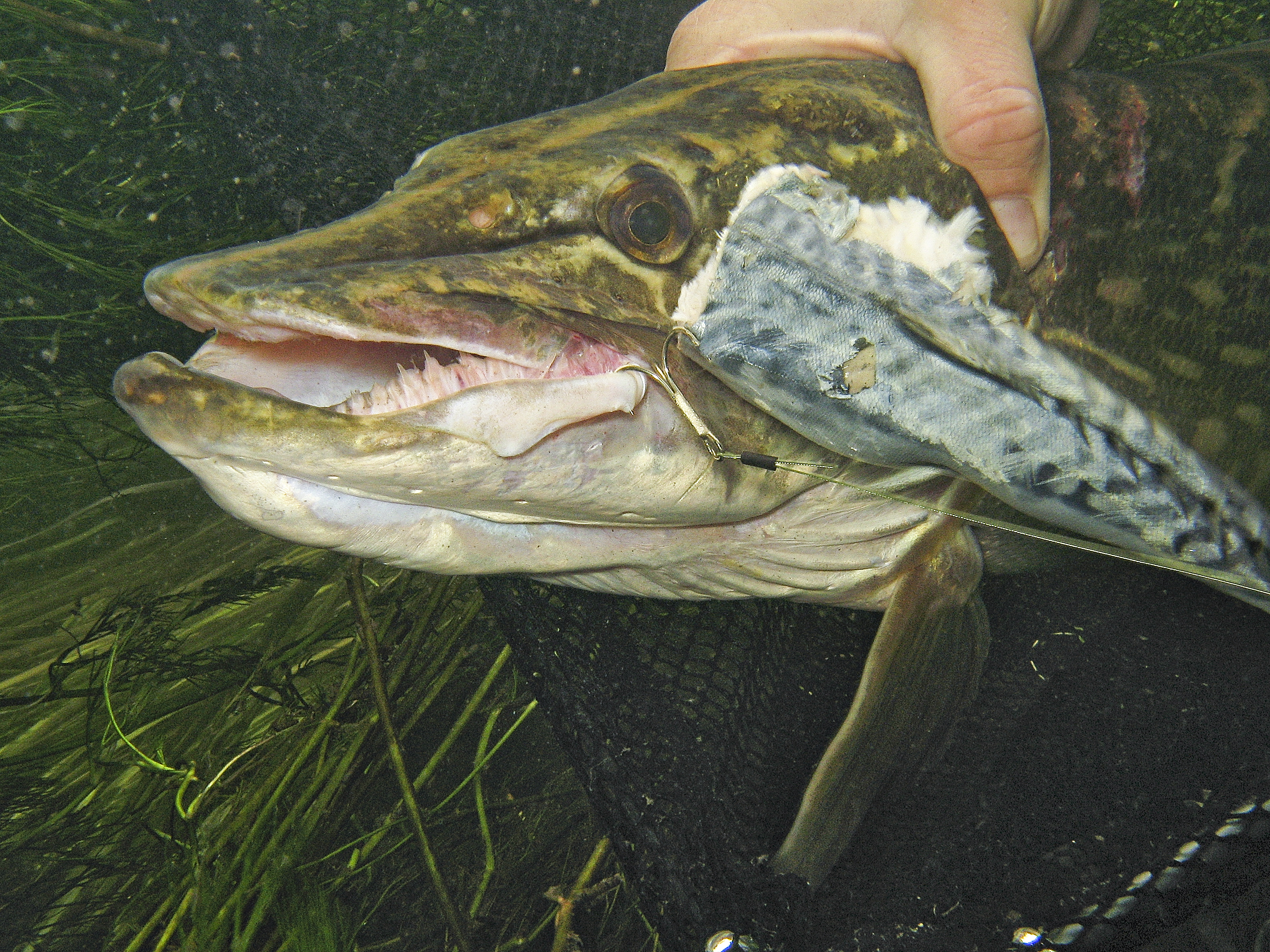
Rivers have many underwater features, which can easily be found by observing features above the water line.
As a river meanders it lifts silt from the outside of bends, creating deeper channels and deposits silt on the inside of the bends to create shallow areas.
Often the deeper channels will hold resident pike, laying on the bottom to ambush prey which passes above.
Underwater features such as deep holes and ledges can be found by plumbing the depths and this can easily be done by counting down a bait till it hit’s the bottom.
This will give a rough idea of the contours of the river bed so you can select a likely spot to drop a bait to.
Any areas of slack water are prime places to find big pike. Whether a bay set aside from the main flow, adjoining dyke, rear of an island or behind a man-made structure, these features create the perfect slack water where pike like to lurk.
Back eddies are also prime spots, where the river swirls to form a slower paced current, which is heading in the opposite direction.
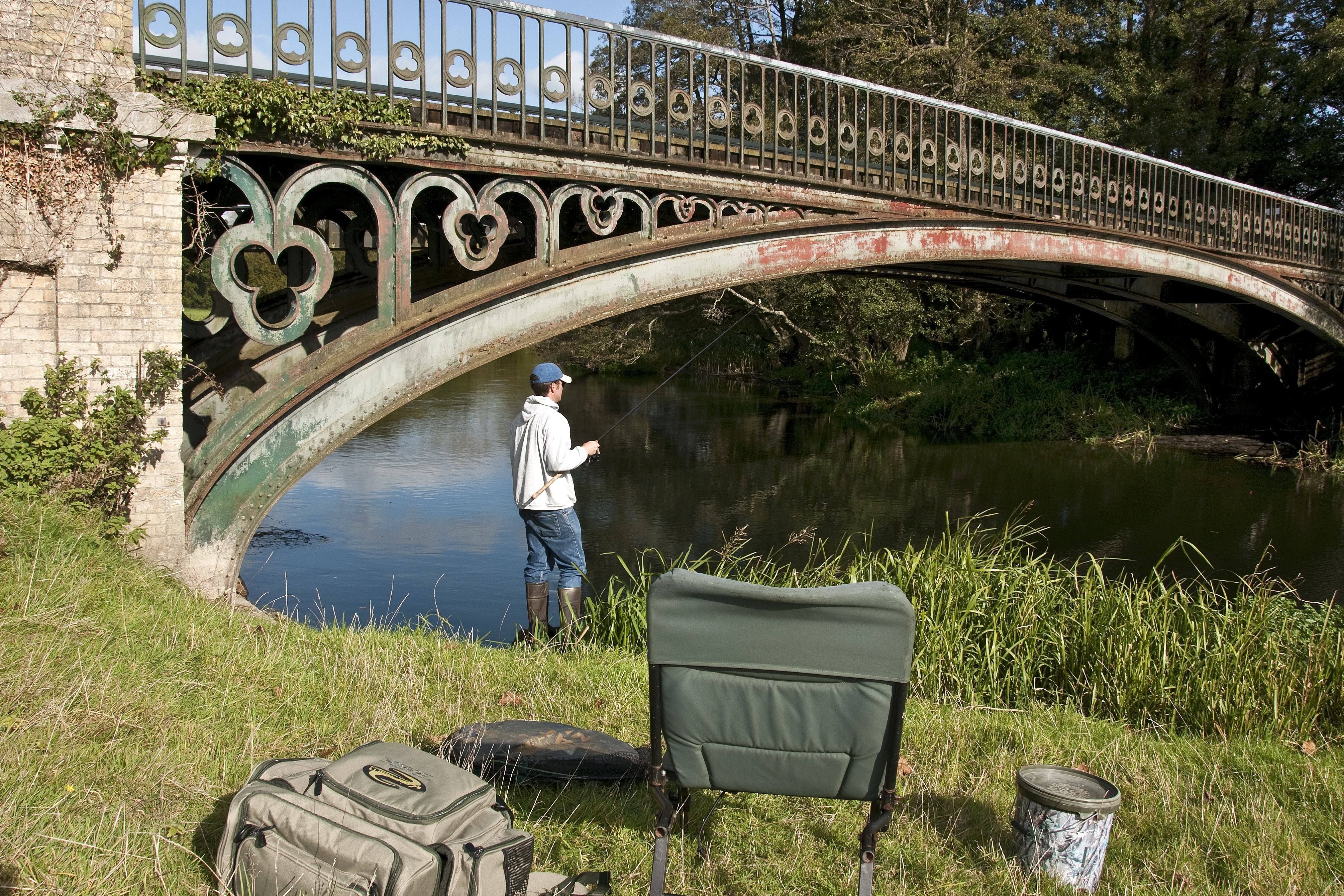
Overhanging trees with submerged roots provide the perfect habitat for ambush predators. Bridges and other structures give cover to prey fish such as roach, particularly in the winter where they may form huge shoals.
Some areas may consist of a combination of features such as a weir, outlet or junction. These are the ’hotspots’ which are likely to hold a good head of fish all year round.
A mobile approach will give the best results. If using deads, move on every half hour or so but extend this to an hour if you catch. Other pike may well be in the same area.
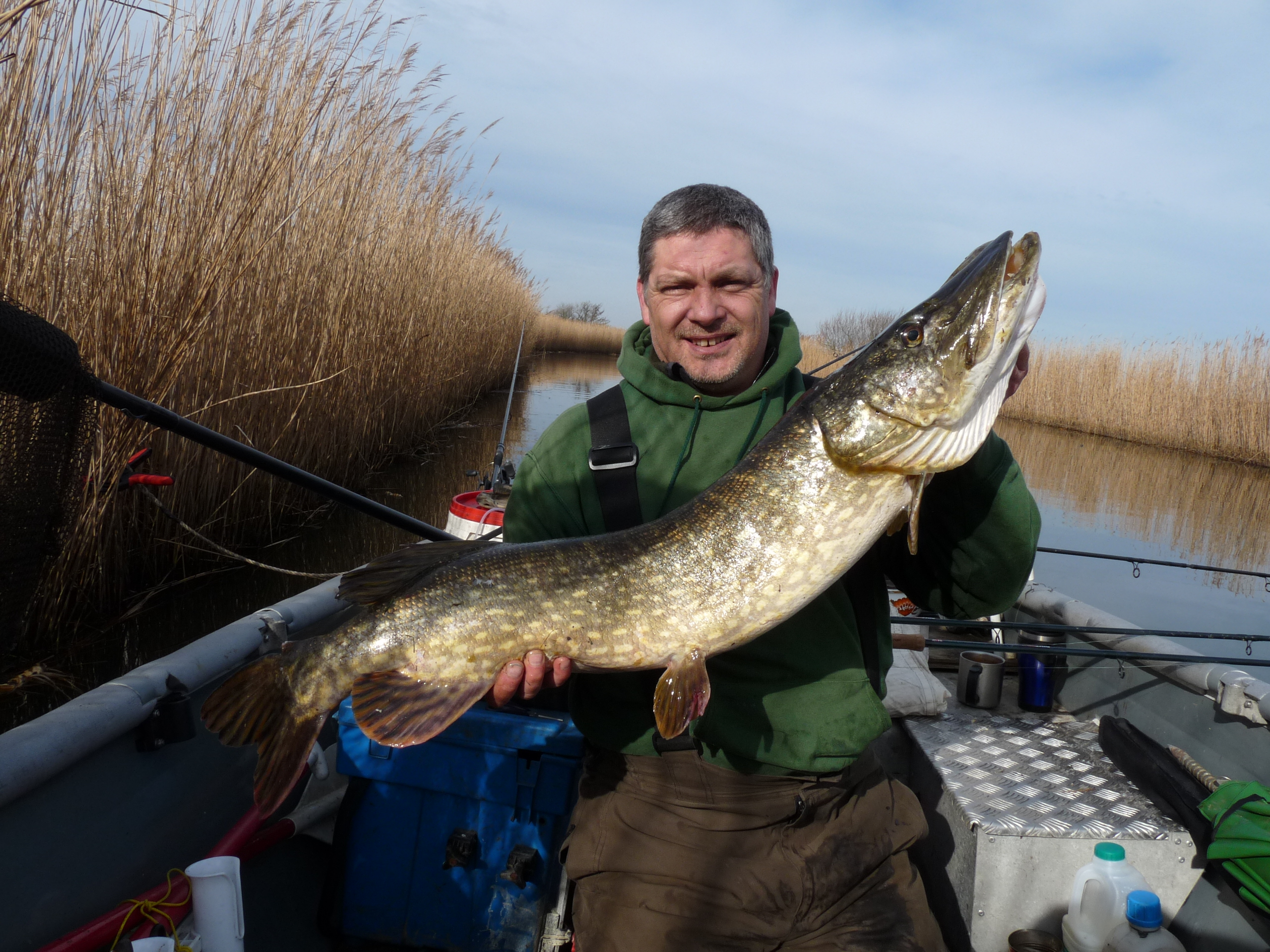
Alan Dudhill, our pike blogger.
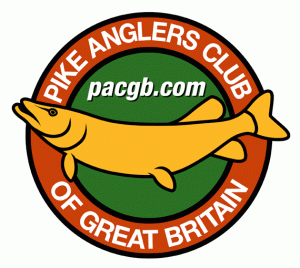
CAUGHT A GOOD ONE? Report your pike catches exclusively to the best fishing magazine, Angler’s Mail. Email to: [email protected]
Arm Mechanics for Young Softball Pitchers

Denis Island in Seychelles voted as Varum Sharma's Favourite Dive

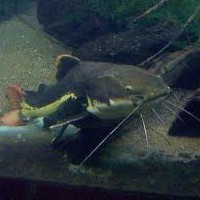
Copyright © www.mycheapnfljerseys.com Outdoor sports All Rights Reserved